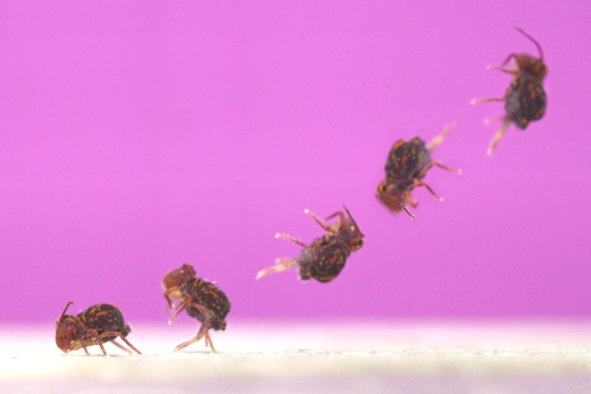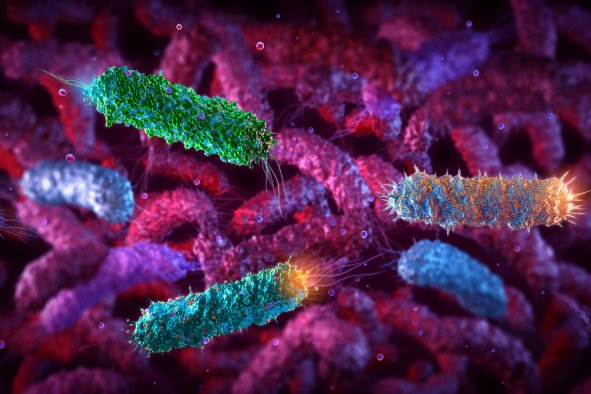A 41-year-old man in Hampstead, New Hampshire, has died as a result of a rare, mosquito-borne virus while another man in his 80s in Worcester County, Massachusetts, has been hospitalized.
Nearly a dozen towns in Massachusetts have shut down public parks and are restricting outdoor activities at times when the insects are most active. But what are the symptoms of eastern equine encephalitis, and where have cases actually been detected?
Eastern equine encephalitis, also known as "Triple E," is a viral infection spread by mosquitoes. In severe cases, the virus can cause inflammation of the brain, which can be fatal. According to the U.S. Centers for Disease Control and Prevention, 30 percent of those who contract this severe form of the disease die, and many go on to have neurological problems.
"Symptoms of Eastern Equine Encephalitis (EEE) develop between four and 10 days after the bite of an infected mosquito," Dr. Roy Gulick, chief of infectious diseases at Weill Cornell Medicine and NewYork-Presbyterian, told Newsweek. "The initial illness is non-specific with symptoms of fever, headache, nausea, and vomiting."
Gulick continued: "These symptoms will resolve in most patients, but about 2 percent of adults and 6 percent of children progress to encephalitis."
As defined by Johns Hopkins Medicine, encephalitis is inflammation of the active tissues of the brain, caused by an infection or an autoimmune response. This inflammation causes the brain to swell, resulting in potentially life-threatening symptoms.
"The symptoms of encephalitis begin as fever and headache and then may progress to mental status changes (confusion, agitation, sleepiness, behavioral changes); speech, vision or movement changes; and seizures," Gulick said. "These symptoms certainly warrant medical attention."
Gulick added that the infection will ultimately progress to stupor or coma in about 90 percent of those with encephalitis, with 30 percent of cases being fatal.
However, it is important to remember that this disease is still extremely rare. "Usually, four to eight severe human cases are reported annually," Laura Harrington, a professor of entomology at Cornell University who studies human and animal-mosquito interactions, said in a statement. "However, we occasionally have a year with an unusually high number (up to 38) of human cases.
"Mosquito monitoring in New York and other Northeast states indicates a higher-than-normal level of EEE-infected mosquitoes in some areas this year."
The map below shows where human cases of EEE have been detected in the U.S.
Because it is so rare, there are no vaccines or treatments for EEE. Instead, the best way to protect yourself is to avoid getting bitten in the first place. The U.S. Centers for Disease Control and Prevention recommends the following protective measures:
- Use insect repellent
- Wear long-sleeved shirts and pants
- Treat clothing and gear
- Take steps to control mosquitoes indoors and outdoors
It is also advisable to avoid outdoor activities around dawn and dusk, when mosquitoes are thought to be at their most active.
Is there a health problem that's worrying you? Let us know via health@newsweek.com. We can ask experts for advice, and your story could be featured in Newsweek.
Disclaimer: The copyright of this article belongs to the original author. Reposting this article is solely for the purpose of information dissemination and does not constitute any investment advice. If there is any infringement, please contact us immediately. We will make corrections or deletions as necessary. Thank you.



